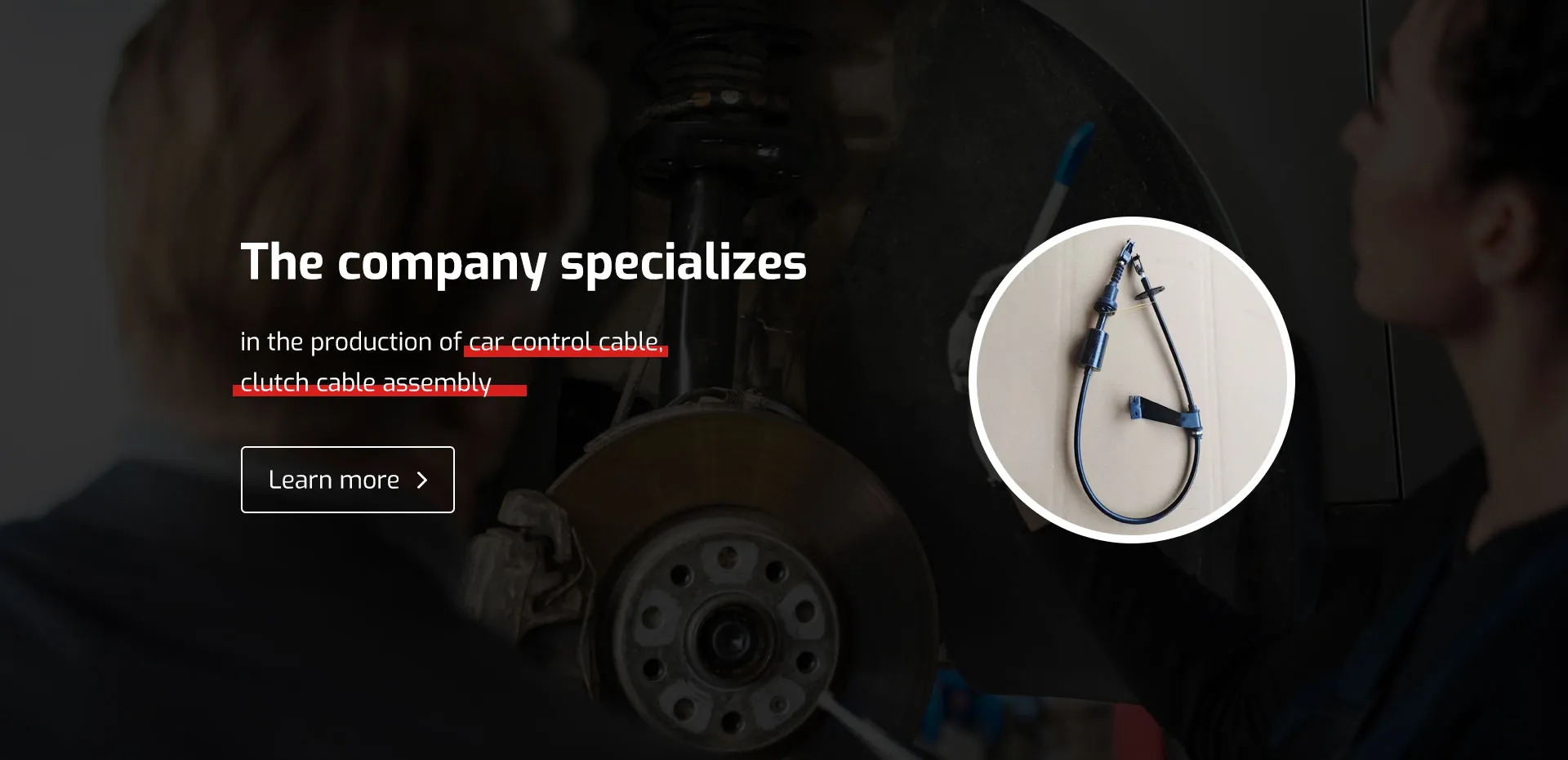changing gear cable
Changing Gear Cable A Step-by-Step Guide
If you're an avid cyclist, you know how crucial it is to have a smoothly functioning gear system. One essential component that directly impacts your bike's performance is the gear cable. Over time, gear cables can wear out, fray, or become stiff, leading to poor shifting performance. Knowing how to change your gear cable can save you time and money while keeping your bike in top shape. This article provides a comprehensive guide on changing gear cables, ensuring a smooth ride every time you hit the road.
Tools You Will Need
Before you begin, gather the tools required for the job 1. New gear cable and housing - Ensure you purchase the correct type for your bike. 2. Allen wrenches - Depending on your bike, you may need different sizes. 3. Screwdriver - A flathead or Phillips, depending on your gear shifters. 4. Cable cutters - To trim the new cable and housing. 5. Needle-nose pliers - Helpful for threading the cable through tight spaces.
Step 1 Remove the Old Gear Cable
Start by shifting into the highest gear, which will relieve tension on the cable. Next, disconnect the cable from the derailleur. You may need to use a screwdriver to loosen the clamp that holds the cable in place. Once it’s free, you can pull the cable out from the shifter. If your bike has a cable housing, you'll also want to remove that. Carefully slide the old housing out, and take note of its length for cutting the new housing.
Step 2 Measure and Cut the New Cable and Housing
Using the old cable and housing as a reference, measure the new cable and housing accordingly. Make sure to cut the new housing slightly longer than the old one to allow for any adjustments. Similarly, cut the new cable to length, leaving a little extra for threading.
Step 3 Install the New Housing
changing gear cable

Slide the new cable housing into place where the old housing was located. Ensure that it is routed correctly along the frame of the bike, avoiding any sharp bends that could impede the cable's movement. Make sure that the ends of the housing are flush against the cable stops on your bike frame.
Step 4 Thread the New Cable
Now, take the new gear cable and thread it through the shifter first. It's usually a good idea to pull through a bit more cable than necessary before cutting, in case you need to make adjustments later. Then, thread the cable through the derailleur, securing it in place with the clamp bolt. Be diligent about using your pliers to ensure that the cable is straight and without twists.
Step 5 Adjust the Tension
Once everything is in place, it’s time to adjust the cable tension. Shift through all the gears to make sure the system is responding correctly. If the gears are not shifting properly, you might need to tighten or loosen the tension using the adjustment screws located on the derailleur or shifter.
Step 6 Final Checks
With the new gear cable installed, take your bike for a test ride. Shift through all the gears to ensure they engage smoothly and accurately. Make any necessary adjustments to the cable tension if you feel any resistance or slippage.
Conclusion
Changing a gear cable is a straightforward process that any cyclist can master with a little practice. Regular maintenance of your bike, including timely cable changes, can enhance your riding experience, ensuring reliable gear shifting and prolonging the life of your bike's components. With our guide, you’ll be equipped to tackle this task confidently, keeping your rides smooth and enjoyable. Happy cycling!
-
Workings of Clutch Pipe and Hose SystemsNewsJun.04,2025
-
The Inner Workings of Hand Brake Cable SystemsNewsJun.04,2025
-
The Secrets of Throttle and Accelerator CablesNewsJun.04,2025
-
The Hidden Lifeline of Your Transmission Gear Shift CablesNewsJun.04,2025
-
Demystifying Gear Cables and Shift LinkagesNewsJun.04,2025
-
Decoding Clutch Line Systems A Comprehensive GuideNewsJun.04,2025
